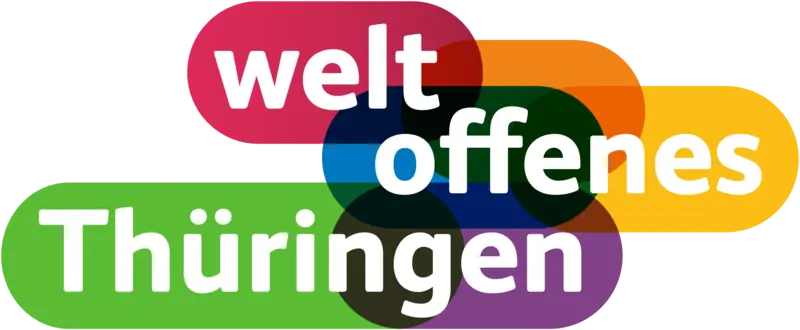Participants completed a semantic categorisation task in which they had to decide whether words such as thaler belong to a category such as landscape category such as landscape. Not only were their decisions recorded, but also the electrical activity of the brain (event-related potentials; ERPs). The results showed that embedded words influence processing, even if they are not related in meaning: Already about 230 milliseconds after the start of the word presentation, stronger brain activity occurred when the embedded word did not match the category.
The study illustrates how quickly the brain recognises orthographic patterns and activates the meaning of embedded words, even if this is irrelevant for understanding the overall word.

